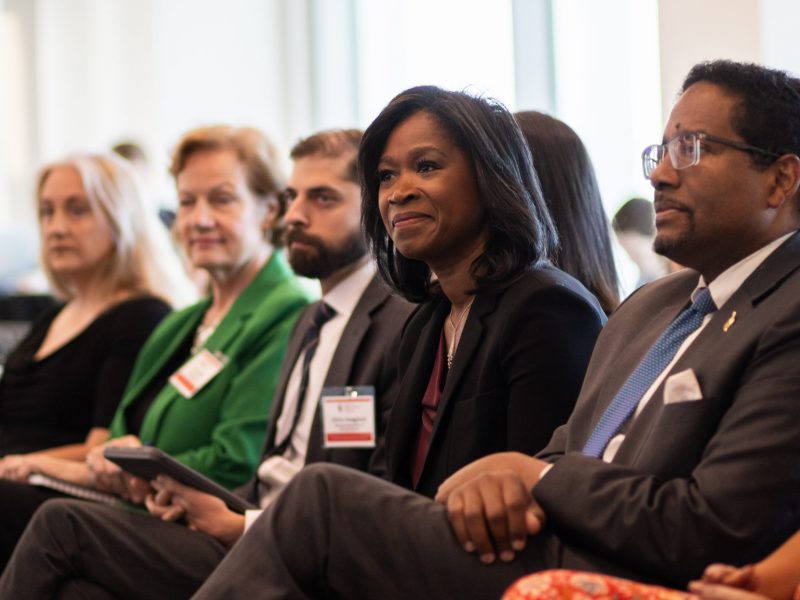A University of Maryland researcher returned last month from a trip to Kenya, where he worked on an ongoing linguistics research project studying a unique set of languages.
Christopher Green, an associate research scientist at the Center for Advanced Study of Language, was one of several researchers to receive part of a $475,000 grant from the National Science Foundation in 2014 to fund a research project studying the tonology and syntax of Luyia languages — including Bukusu, Wanga, Logoori and Tiriki. The project is a three-year collaborative effort, and each of the three principal researchers has spent or will spend some time in Africa as part of their ongoing research.
Luyia languages are spoken in western Kenya and eastern Uganda, Green said. This project allows investigators from three different schools — including this university, the University of Missouri and Pomona College — to work with linguists and native speaker consultants in Africa for a kind of “global effort” at better understanding the structure and grammar of these languages, he said.
“It’s an interesting cluster of languages,” Green said. “There are three major typological patterns that we’ve come to expect in the [verbal tonal] systems of Bantu languages. … This is the only one we know of that displays all of them.”
In linguistics, typology is used to classify languages according to structural and functional patterns. It helps describe and compare structural properties among diverse world languages.
Green said researchers are working to describe the tonology — the study of tones and intonation — and grammatical structure of these languages. The Luyia project covers four languages, but Green’s work focuses on Wanga. His involvement with the language began in graduate school, when he took a linguistics field methods course that focused on Wanga. He has been looking into the language since 2007, he said, and over the years, he has been able to connect with people across the world working on African linguistics.
Green’s work fits into a category of research and language studies that “we cannot afford to miss,” said Michael May, executive director of the center.
“I am especially proud of our researchers’ expertise in African languages,” May said. “A greater understanding of less commonly taught languages means a greater understanding of cultures beyond our own. The continent of Africa alone is a rich source of untapped languages and dialects.”
In February, Green was able to travel to Nairobi, Kenya, and work at Kenyatta University for about a month.
“Part of the time was spent doing a field methods class on Wanga itself, my main language,” Green said. “Then for the entire time, we would meet almost daily with consultants to do recordings”
He said he worked with linguists and native speakers, and gathered information based on questionnaires used in field linguistics data collection.
“I worked with speakers there, and we actually left them with recording equipment so we can send them things to do remotely, and they can upload sound files to Google Drive or Dropbox,” Green said, noting the advantages of modern technology in expanding possibilities in research.
Green said he feels the research is important because it creates an opportunity to understand various possibilities for how tone relates to other components of the grammar through languages that have similar structures, grammar or vocabulary. Michael Bunting, the center’s director of research, said this kind of research also enables interdisciplinary applications.
“The work by [Green] and our Africa team at CASL contributes enormously to the field of linguistics,” Bunting said. It is “a field with connections to, for example, to psychology — that is, psycholinguistics — and computer science — computational linguistics — both of which are well represented at University of Maryland.”


